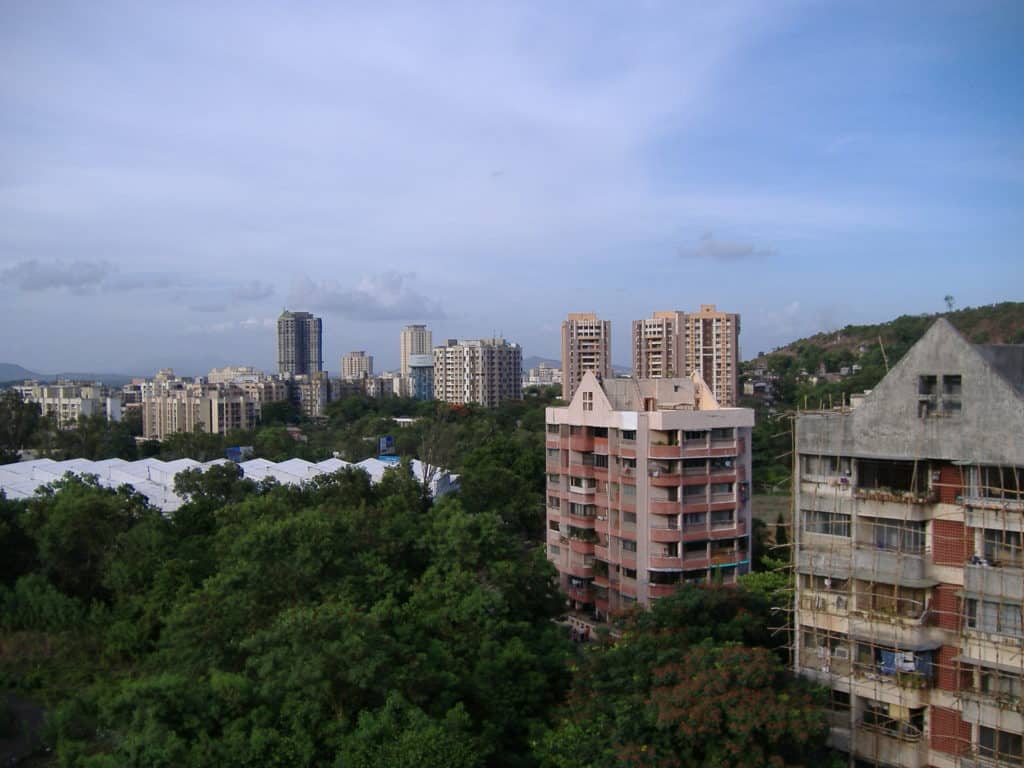On February 3rd, India’s richest civic body, the Brihanmumbai Municipal Corporation (BMC)’s commissioner Iqbal Singh Chahal unveiled the civic budget for the financial year 2022-23. The budget for this year is a whopping Rs 45,949.21 crore, a 17.70% jump from the previous year (Rs 39,038.83 crore).
The focus of this year’s allocation is on health, infrastructure and education. We’ve highlighted key points from the budget announcement.
Big developmental projects
- Rs 3,200 crore for the Mumbai Coastal Road project
- Rs 1,300 crore for the Goregaon Mukund Rail project
- New security systems like Boom Barrier and Hand Metal Detectors to be installed at various places
- Rs 1,340 crore for Sewerage Treatment Project (STP)
Read more: The case against Mumbai’s Coastal Road project
Property Tax
- 100% relief from property tax for 6,14,000 residential property owners of 500 sq ft or less carpet area.
- Due to COVID-19 conditions, property tax has not been increased.
- Income from property tax is estimated at Rs.7,000.00 crore.

Health
Expenditure for health services in the city has been increased to Rs 6,933 crore, which is 15.09% of the total budget. Among new projects is the development of 200 Shiv Yoga centres, where physical and mental health for the old, co-morbid, and young, will be prioritised. Rs 30 crore has been allocated the project. Online training will be made available from all centres.
“The major focus is on primary health care facilities and overall health care infrastructure. This time, we have taken up major projects to upgrade and set up diagnostic centres, 200 yoga centres-Shiv Yog centres. We want to remove the burden of secondary and tertiary civic health centres by upgrading primary health centres,” said BMC Additional Commissioner of public health Suresh Kakani.
With the support of the Tata Cancer Hospital, the BMC will set up a Proton Therapy Facility. Rs 400 crore has been allocated for the development of 200 Hinduhridaysamrat Balasaheb Thackeray Health Centres, where consultation from doctors from KEM, Sion, Nair and Cooper Hospitals will be made available via telemedicine.
Rs 250 crore and Rs 165 crore has been allocated for the redevelopment of Bhagwati Hospital and the Sion Hospital premises, respectively.
Rs 303 crore has been allocated for the standardisation and modernisation of dispensaries.
Education
“I am glad to announce that the work of creating 1300 digital classrooms in the various municipal schools has been taken up in the financial year 2021-22 and will be completed in the first quarter of the financial year i.e. 2022-23,” said Iqbal Singh Chahal.
The education budget for FY 2022-23 is Rs 3,370.24 crore. Apart from the digitisation of classrooms, 103 repair projects for schools are in progress. Rs 50 crore has been allocated to ensure the safety of physical schooling this year.
Infrastructure
The highest budget allocation is for infrastructure at Rs.22,646 crore. Money has been allocated to different departments like Bridges and Storm Water Drains.
Rs 400 crore has been allocated for the widening of the Mithi river and other nallah systems. Constructions of pumping stations at Mogra, Mahul and Chunnabhatti have been included in the budget, along with the construction of large flood water holding tanks at three different locations.
Sources: The Free Press Journal, The Quint